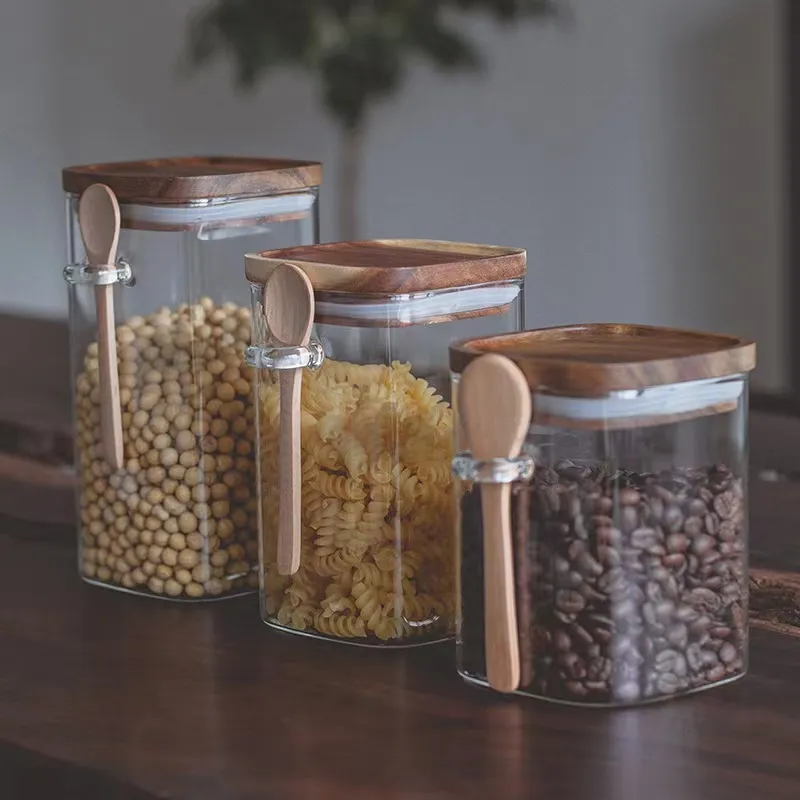 TEL: +86 311 67799298
TEL: +86 311 67799298 Email: tina@yintoglassware.com
Email: tina@yintoglassware.com
glass pan sizes
Understanding Glass Pan Sizes for Your Baking Needs
When it comes to baking, the choice of pan can make a significant difference in the outcome of your delicious creations. Among the various options available, glass pans have gained popularity for their durability, versatility, and ability to provide even heat distribution. In this article, we will explore the different sizes of glass pans, their applications, and tips for using them in your kitchen.
Why Choose Glass Pans?
Glass baking pans offer several advantages
1. Non-reactive Surface Unlike metal pans, glass does not react with acidic ingredients, ensuring that your dishes retain their intended flavors. 2. Even Heating Glass heats evenly, which helps to prevent hot spots and results in more consistent baking.
3. Visual Appeal The transparent nature of glass allows you to monitor your food as it cooks without opening the oven door, reducing the risk of temperature fluctuations.
4. Durability High-quality glass pans are designed to withstand temperature changes, making them suitable for both oven and freezer use.
Common Sizes of Glass Baking Pans
Glass pans come in various sizes, each serving different baking needs
. Here are some common sizes you might encounter1. 8x8 inches (Square Pan) Ideal for brownies, small casseroles, and bar recipes. This size is perfect for recipes that yield a small quantity and is great for dense baked goods.
2. 9x9 inches (Square Pan) A slightly larger alternative to the 8x8, this pan is often used for cakes, desserts, and desserts that need a bit more room. It can serve a small group or family with ease.
glass pan sizes

3. 9x13 inches (Rectangular Pan) Perhaps the most popular size for casseroles, lasagnas, and sheet cakes, the 9x13 pan can hold a larger volume of batter or ingredients, making it a favorite for gatherings and potlucks.
4. 10x15 inches (Jelly Roll Pan) This larger rectangular pan is perfect for baking sheet cakes, cookies, and roll cakes. It provides ample space for spreading batter, ensuring even baking across the entire surface.
5. Loaf Pans Typically around 9x5 inches, glass loaf pans are essential for baking bread, banana bread, and meatloaf. The shape allows for uniform baking and makes serving slices a breeze.
6. Pie Plates Glass pie plates are generally 9 inches in diameter and perfect for your favorite pies. The see-through nature allows you to present your pie beautifully, enhancing its visual appeal.
Tips for Using Glass Pans
- Preheating the Oven Always preheat your oven before placing a glass pan inside. Glass pans should not be used over direct heat or on the stovetop.
- Adjusting Bake Times If you’re substituting a metal pan for a glass one, you might need to reduce the baking temperature by about 25°F to prevent over-browning, as glass retains heat longer.
- Avoid Sudden Temperature Changes To prevent cracking, avoid placing cold glass pans directly into a hot oven or cooling them suddenly in cold water.
- Cleaning Most glass pans are dishwasher safe, but hand washing is often recommended to maintain their clarity and prevent scratching.
Conclusion
In summary, understanding glass pan sizes and their specific uses can significantly enhance your baking experience. From small batches of brownies in an 8x8 square pan to a large lasagna in a 9x13 rectangular pan, the right glass pan will ensure your dishes are cooked to perfection. So, equip your kitchen with a variety of glass pans to tackle any recipe, and let your baking adventures begin! Happy baking!
-
Benefits of Vacuum Containers with Pumps for Food PreservationNewsJun.12,2025
-
Glass Food Storage Container with Lid for Seal PreservationNewsJun.12,2025
-
Styling Amber Glass Plates for Modern TablescapesNewsJun.12,2025
-
Benefits of Double Wall Coffee Cups for Heat RetentionNewsJun.12,2025
-
Colored Glass Bowls in Cultural TraditionsNewsJun.12,2025
-
Durability of Colored Glass Dinnerware Compared to CeramicNewsJun.12,2025









